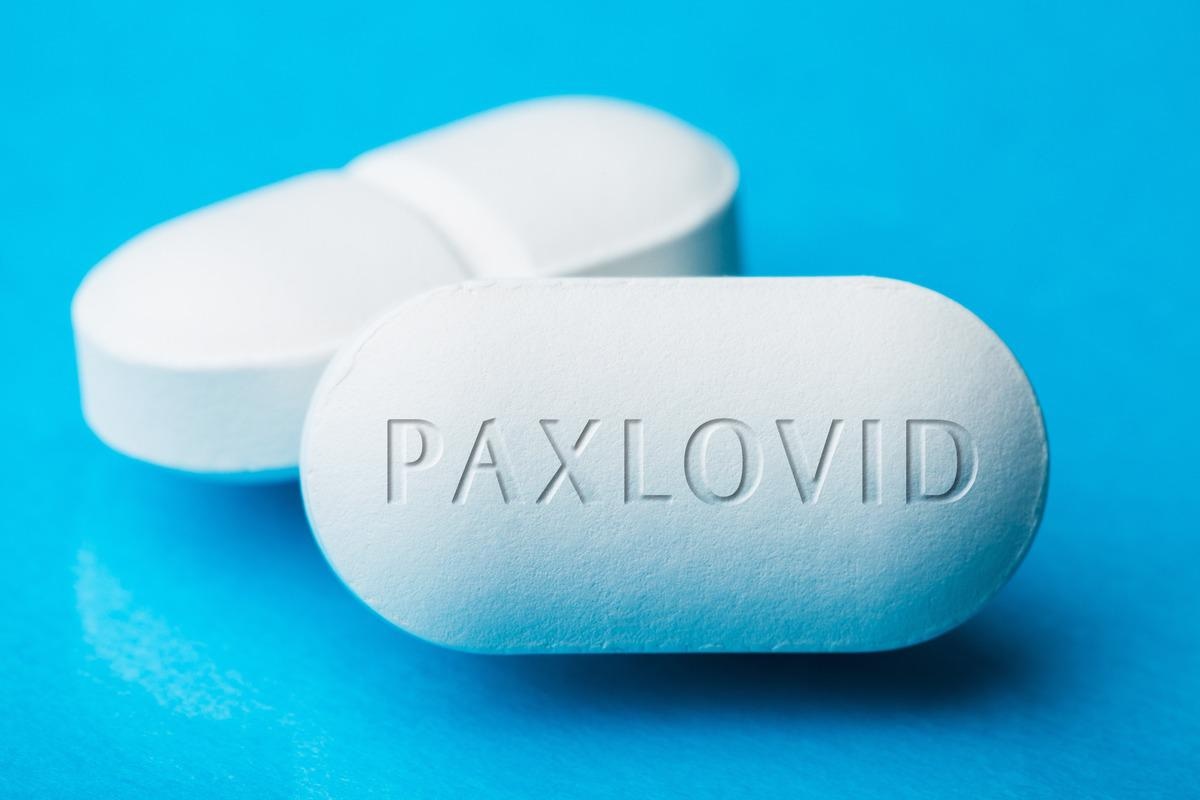Lateral flow devices, or lateral flow tests, have played a significant role in helping to identify infectious individuals during the coronavirus disease 2019 (COVID-19) pandemic. They have been key for scaling down restrictions designed to reduce the transmission of the disease, allowing individuals to test regularly and isolate before infecting others, as well as reducing the amount of unnecessary isolation from those who display symptoms similar to those seen in COVID-19, but do not have the disease.
As more treatments for COVID-19 are developed, researchers from Harvard University have been exploring the benefits of different testing schemes with regards to the new Paxlovid drug.
 Study: The impact of recurrent rapid test strategies on the effectiveness of at-home antiviral treatments for SARS-CoV-2. Image Credit: Cryptographer/Shutterstock
Study: The impact of recurrent rapid test strategies on the effectiveness of at-home antiviral treatments for SARS-CoV-2. Image Credit: Cryptographer/Shutterstock
The researchers’ study can be found on the medRxiv* preprint server.
The researchers propose that rapid tests for severe acute respiratory syndrome coronavirus 2 (SARS-CoV-2), often lateral flow devices, have found a new use that is particularly valuable against those at risk of severe disease when infected, such as the elderly or immunocompromised.
While the tests tend to be effective at identifying individuals who are infectious, they can also detect infection early enough to make recently developed anti-COVID drugs, such as the Pfizer developed Paxlovid drug, effective.
The researchers have investigated the extent to which rapid testing on a frequent basis can help patients.
The scientists used lateral flow testing (LFT)-associated positivity data and estimated hospitalization risks at days three and five after patients initially show symptoms from the EPIC-HR trial findings from phase two/three. They estimated the test-positivity-probability-weighted risk ratios (RRs) of hospitalization as a function of time since infection, considering the proportion of infected individuals who would be offered the treatment and the proportion of the infected individuals who would manage to take the treatment early enough to receive any benefit. This was estimated for different testing strategies, including once every other day, once every three days, once a week, and once every two weeks.
The sensitivity of the findings to treatment efficacy was also explored, as well as the treatment uptake and coverage/delay from testing positive to treatment.
The results showed that more frequent testing increased the benefits associated with treatment with Paxlovid significantly and that the treatment reduced the risk of hospitalization. The median RR associated with testing every other day was 0.17, compared with 0.77 for the testing every two weeks strategy. This corresponded with an increase in the proportion of the infected population that could benefit from the treatment, from 25.7% of those testing every two weeks to 92.0% for the most effective testing strategy.
As almost all positive tests occur within two weeks of infection, almost all individuals who test positive are captured within this drug efficacy window.
The researchers also found that the benefits of treatment depend not only on treatment coverage, but also on the delay between testing positive and receiving treatment. In order to see RRs within the range of what is observed with full coverage, no delays, and testing every other day, a treatment coverage of 70% would require individuals to be treated within two days of testing positive. This becomes more essential as testing becomes less frequent.
Following this, RRs were fitted based on hospitalization risks at the two treatment initiation times considered in the EPIC-HR trial, assuming a linear decline in efficiency when estimating treatment efficacy levels across a range of delays in treatment since symptoms began.
The scientists did consider trends that could capture different time windows of efficacy beyond the initial range but found no significant changes to the estimated RRs. Nonlinear trends could alter the magnitude of RRs by inflating them towards one if a curvilinear decline was assumed, but this effect was marginal and unlikely to change the observed relative magnitude across strategies.
The CT threshold could also significantly change the results, but the ordering of the RRs across strategies would remain consistent.
Conclusion
The authors have successfully characterized the benefit rapid testing can bring to treatment, with more frequent testing providing the best results. They highlight that reduction in delay from positive tests to treatment is essential, as increases in testing coverage – particularly in communities vulnerable to more severe disease that might suffer from barriers to testing and treatment.
They also argue for this analysis to be continuously revisited as the proportion of vaccinated individuals changes and new variants emerge.
The frequent testing, they propose could reduce the cost of treatments and reduce hospitalizations, and the analysis performed in their paper could help inform drug manufacturers, healthcare workers, and potentially public health policy.
Important notice*
medRxiv publishes preprint papers that have not yet undergone peer review, and the information in this article should not be taken as fact nor used to guide clinical or research practice.